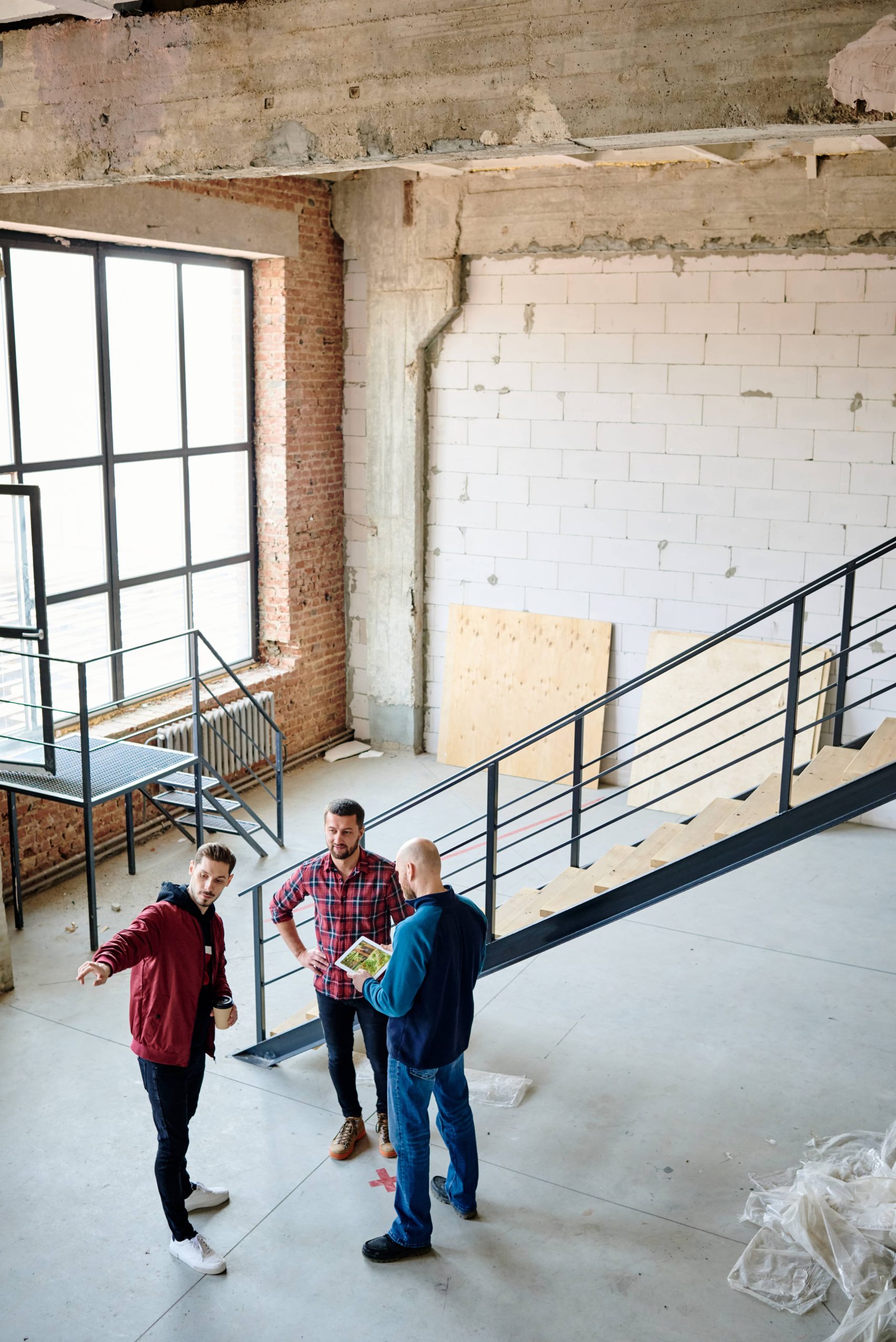
In the world of interior design, it seems that old always coexists beautifully with the new. The allure of vintage design elements is that they carry with them a rich aesthetic history while adding a unique character to contemporary interiors. In our fast-paced modern life, which can often feel transient and impersonal, integrating vintage pieces into a home brings a sense of warmth, authenticity, and nostalgia. Whether it’s an heirloom armchair, a mid-century lamp, or an antique rug, these elements can add depth and soul to any modern setting. Here’s how you can elegantly blend vintage elements into your interiors without compromising on the sleekness of modern design.
The Charm of Vintage
Vintage items invite stories, memories, and craftsmanship from the past into our living spaces. Unlike mass-produced contemporary furniture, vintage pieces often exude quality and detail that remind us of a time when things were made to last. Integrating them into your home can evoke a sense of history and timelessness, serving as a bridge between past and present. Moreover, incorporating vintage pieces is a sustainable practice that promotes recycling and upcycling, reducing the demand for new resources.
Choose a Statement Piece
One of the easiest ways to introduce vintage into a modern design scheme is to select a statement piece as a focal point in a room. This could be anything from a beautifully upholstered Victorian sofa, a hand-carved chest of drawers, or even a retro chandelier. An exceptional statement piece commands attention and can dictate the room’s style, serving as a foundation upon which you build the rest of the decor. The key is to let this piece stand out while complementing modern elements in the room. Place it against a neutral palette to make it the star, or surround it with minimalist modern furniture to create a vibrant juxtaposition.
Mixing and Matching Eras
Integrating different eras can generate visual intrigue and balance within a room. A mid-century modern chair paired with a rustic wooden table from the Victorian era, for instance, can create a fascinating contrast that elevates the room’s aesthetic. When mixing eras, consider the lines, materials, and colors; ensure there’s at least one unifying element, like a common color tone or material, to maintain harmony. The synergy between old and new can strike an elegant balance, making your space feel curated rather than chaotic.
Incorporate Vintage Decorative Accessories
If you’re hesitant about making a hefty vintage investment, start small with decorative accessories. Think of antique mirrors, vintage vases, or aged books that can add subtle charm. An antique mirror can reflect light beautifully, adding depth and dimension to a space, while vintage textiles like throws or cushions introduce texture and warmth. These additions can easily be swapped out as trends or your tastes change, offering flexibility while also providing historical context and charm.
Reuse and Repurpose
Reimagining the function of a vintage piece can bring a creative twist to your interior design. An old ladder can become a quirky bookshelf, or a vintage suitcase can be repurposed as a coffee table or storage solution. This approach not only gives new life to old items but also ensures that your interiors are truly unique. It celebrates creativity and sustainability, demonstrating how form and function can coexist beautifully in design.
Focus on Balance
Striking the perfect balance between vintage and modern is crucial. Too many vintage elements can make a space look outdated or cluttered, while an excessive emphasis on modern decor can feel cold and sterile. When integrating vintage items, aim for a balanced aesthetic that allows both styles to shine. Layering textures and colors while maintaining a cohesive theme ensures that neither style overwhelms the other.
Implement Vintage Lighting
Lighting can make or break a space. Vintage lighting fixtures have a way of making a design statement while adding depth. Consider industrial pendant lights, Tiffany-style lamps, or ornate sconces as a way to infuse character. A well-placed vintage light can cast a warm, inviting glow over contemporary furniture, tying the room together in an elegant, coherent design.
Use Vintage Art
Vintage art or photography can significantly enhance the character of a room. From oil paintings to retro posters, art has always played a pivotal role in defining spaces. When choosing vintage artwork, consider the frame as much as the art itself. An ornately carved or aged frame can add an additional layer of history. Mixing vintage art with modern pieces can create an eclectic gallery wall, adding to the layered richness of your interiors.
Create a Dialogue Between Old and New
Finally, consider how each piece in your space interacts with others. The goal is to create a dialogue rather than a monologue in design. This might mean pairing a sleek, modern sofa with a vintage rug that anchors the room or juxtaposing a modern steel dining table with antique wooden chairs. The point is not to replicate but to integrate – allowing different styles and times to converse and complement each other, creating an environment that feels personal and timeless.
In conclusion, integrating vintage elements into modern interiors is all about creating harmony through contrasts. It allows homeowners to bring character and soul to their living spaces, making each room feel inviting and full of stories. As you embark on this decorative journey, remember that vintage pieces are not just items; they are vessels of history and intimacy. Embrace them with creativity, and let your space reflect a balance of the past meeting the present in the most beautiful way.













